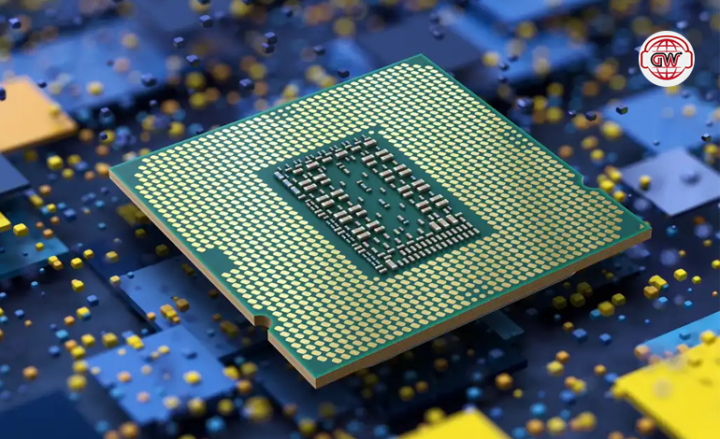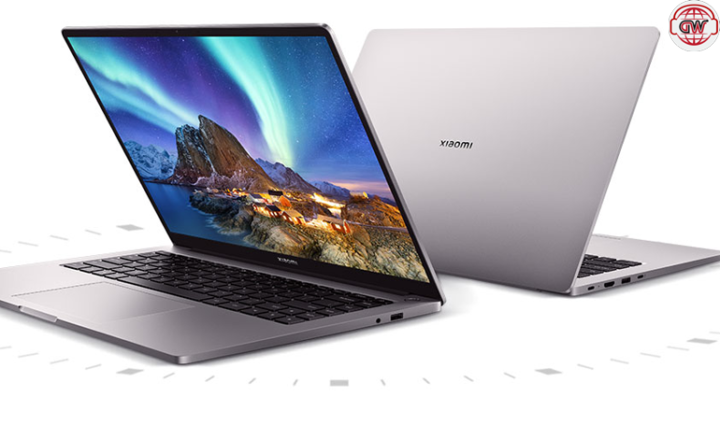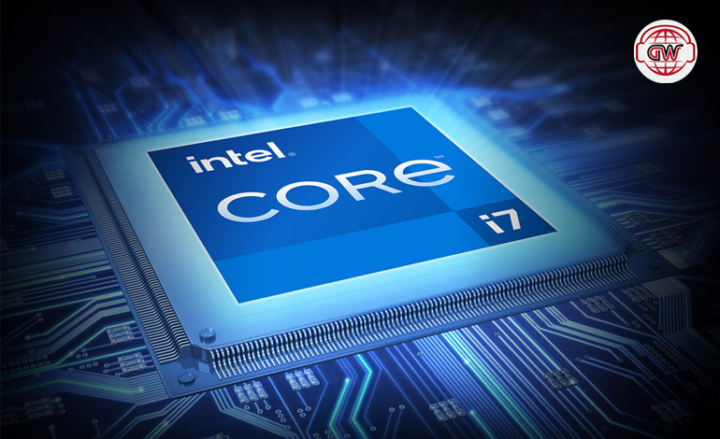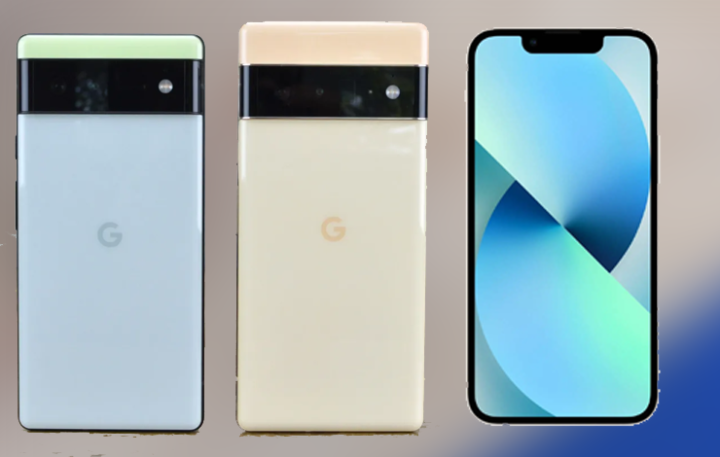All about Intel Core i7
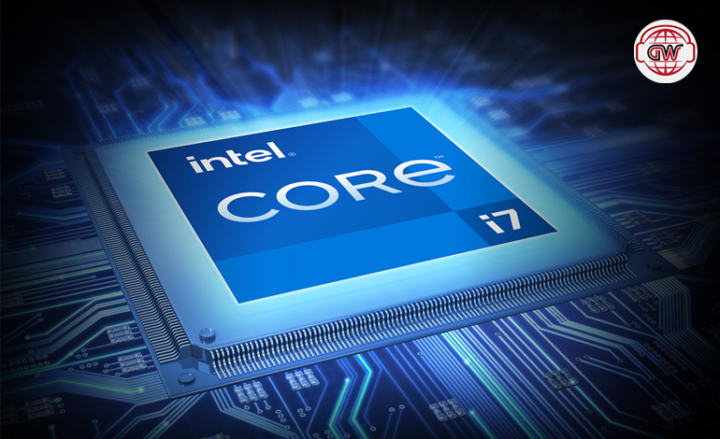
All about intel core i7
The Penryn manufacturing method is used by Intel’s Core i7 CPUs, but there are few similarities between them and the Core 2 Duo, Core 2 Quad, and Core 2 Extreme variants. An Intel Core i7 processor Intel’s LGA775 motherboard chip sockets have long been the industry standard. Core i7 CPUs employ Intel Quick Path Interconnect (QPI) technology to increase bandwidth and decrease latency. Hyper-Threading has also been reinstated, letting each core to run two threads concurrently, providing for eight-core computing. If the technology does not offer enough multiprocessing, it can support up to eight physical cores, resulting in 16-core processing.
The path to the Core i7 began with the collapse of Intel’s Net burst architecture. Intel’s previous microprocessor production approach was to simply raise core clock rates, instruction sets, and cache sizes a few ticks per year. When this happened, the power draw and heat levels increased as well, until Intel reached a brick wall with the Pentium 4. In computer architecture, 64-bit processors, 64-bit integers, memory addresses, or other data units are those that are at most 64 bits wide. 64-bit CPU and ALU architectures are also those based on 64-bit registers, address buses, or data buses.
The requirement for core i7 CPUs necessitates a comparison to their immediate predecessors. The following is a summary of the comparison. The Core i7 is a whole new architecture that is far quicker and more efficient than the Core 2 Duo. Only the Core i7 920, 945, and 965 XE models are currently available. The Core i7 920, for example, is offered at a lower price and outperforms practically all Core 2 Duo processors.
Virtualization is a technology that allows numerous operating systems to run concurrently on the same processing hardware. Engineers and scientists have used this technology to combine separate processing nodes into a single system in the test, measurement, and control environment. With the Nehalem microarchitecture, Intel has added new functionality to the Core i7 processors and chipsets, such as hardware-assisted page-table management and directed I/O, allowing software to boost their performance in virtualized environments. These advancements, combined with gains in memory capacity and computing performance, enable engineers and scientists to scientists to create more powerful and complicated virtualized test, measurement, and control systems Intel Core i5 and i7 processor specifications there are two ways:
- Desktop i5 and i7 CPU Specifications All Core i5 and Core i7 Ivy Bridge processors for desktop have four cores and a Direct Media Interface with an integrated GPU.
- Mobile i5 and i7 Processor Specifications Things are a little different for the mobile versions of Ivy Bridge i5 and i7 CPUs (used in laptops and notebooks). Core i5 mobile processors and some i7 processors are dual-core, while other i7 CPUs are quad-core. Hyper-threading is supported by all Core i5 and i7 mobile processors. As a result, the performance difference between i5 and dual-core i7 mobile processors is narrower. Quad-core i7 mobile processors provide improved performance at the expense of battery life.
The Core i7 is Intel’s current most powerful processor; most have clock speeds or GHz that are just below or higher than the absolute best Core 2 Duo processor and, unlike the best Core 2 Duo processors, have larger cache (the larger the cache, the faster the processor can work), 4 physical processing cores instead of 2 and, with hyper-threading, 4 cores plus 4 virtual cores, so it’s almost like having 8 cores in one computer. The main difference is obviously the number of processing cores; the more processors your computer has, the more things you can do at once, but overall, the i7 outperforms the Core 2 Duo in terms of performance. That does come at a cost; i7 processors require DDR3 RAM, which is more expensive than the DDR 2 RAM that Core 2 Duo CPUs can use; it necessitates more expensive motherboards; and if you’re buying an i7, expensive graphics cards and big power supplies are also required. Bottom line, because the i7 matches the Core 2 Duo in most models on GHz clock speed, has two more physical processing cores, four more virtual ones (the Core 2 Duo has none), and a larger cache, it is clearly a better CPU all around.

